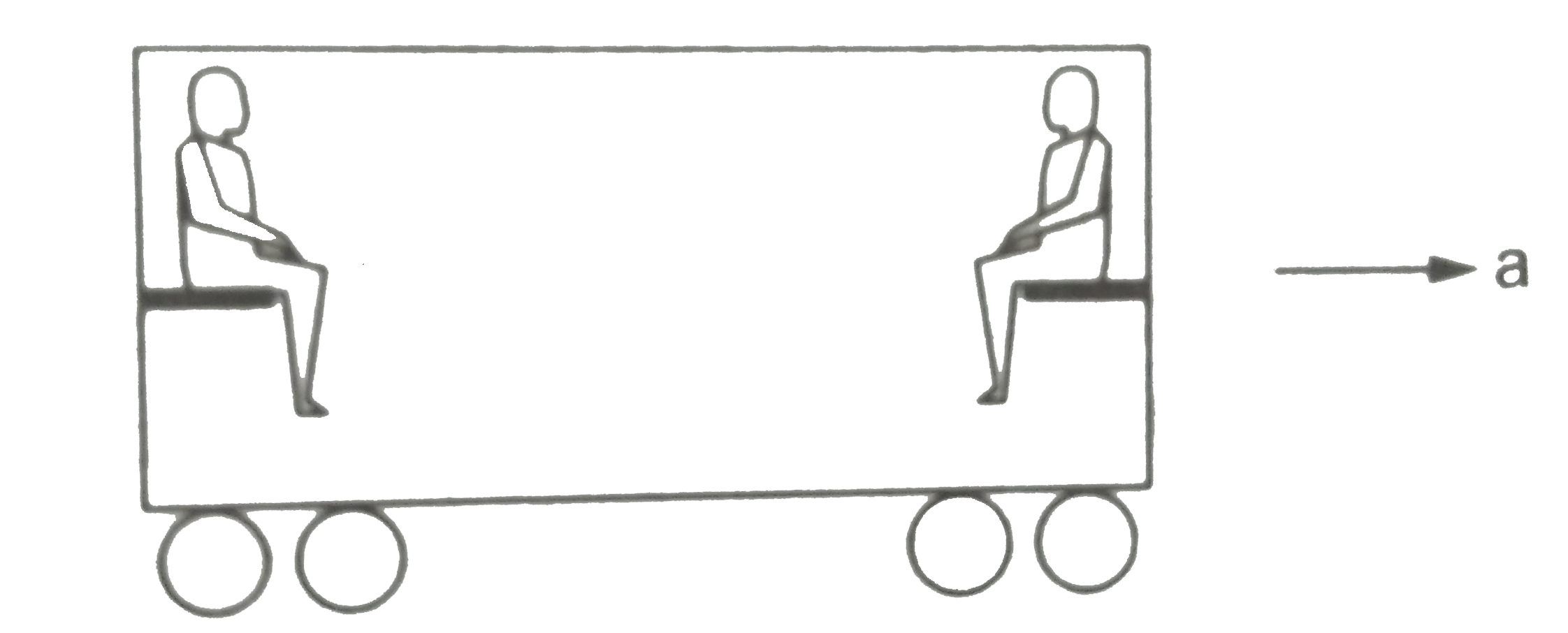Consider the situation of the previous problem. Take the table and the ball is then an intenal force. As the ball slows down the momentum of the system decreases. Which external force is responsible for this change in the momentum?
Step by step video & image solution for Consider the situation of the previous problem. Take the table and the ball is then an intenal force. As the ball slows down the momentum of the system decreases. Which external force is responsible for this change in the momentum? by Physics experts to help you in doubts & scoring excellent marks in Class 11 exams.
Updated on:21/07/2023Topper's Solved these Questions
- CENTRE OF MASS, LINEAR MOMENTUM, COLLISIONBOOK - HC VERMACHAPTER - CENTRE OF MASS, LINEAR MOMENTUM, COLLISIONEXERCISE - Objective 1
17 Videos
- CENTRE OF MASS, LINEAR MOMENTUM, COLLISIONBOOK - HC VERMACHAPTER - CENTRE OF MASS, LINEAR MOMENTUM, COLLISIONEXERCISE - Objective -1
1 Videos
- CENTRE OF MASS, LINEAR MOMENTUM, COLLISIONBOOK - HC VERMACHAPTER - CENTRE OF MASS, LINEAR MOMENTUM, COLLISIONEXERCISE - worked out Examples
23 Videos
- CALORIMETRYBOOK - HC VERMACHAPTER - CALORIMETRYEXERCISE - Exercises
18 Videos
- CIRCULAR MOTIONBOOK - HC VERMACHAPTER - CIRCULAR MOTIONEXERCISE - Exercises
30 Videos
Similar Questions
Consider the situation of the previous problem. The force on the central charge sue to the shell is
View SolutionA ball is moved on a horizontal table with some velocity. The ball stops after moving some distance. Which external force is responsible for the change in the momentum of the ball?
View Solution
Knowledge Check
A thin metallic spherical shell contains a charge Q on it. A point charge q is placed at the centre of the shell and another charge q1 is placed outside it as shown in figure. All the three charges are positive

The force on the charge at the centre isAtowards leftBtowards rightCupwardDzeroAssertion : Internal forces acting on the system cannot change linear momentum of the system .
Reason : Internal forces can change kinetic energy of the system.AIf both assertion and reason are corret and reason is a correct explanation of the assertion .BIf both assertion and reason are correct but reason is ot the correct explanation of assertion .CIf assertion is correct but reason is incorrect .DIf both assertion and reason are incorrect .A : Internal forces can change the kinetic energy but not the momentum of the system.
R : The net internal force on a system is always zero.AIf both Assertion & Reason are true and the reason is the correct explanation of the assertion, then mark (1).BIf both Assertion & Reason are true but the reason is not the correct explanation of the assertion, then mark (2).CIf Assertion is true statement but Reason is false, then mark (3).DIf both Assertion and Reason are falsė statements, then mark (4).
Which of the two persons show in figure is more likely to fall down? Which external force is responsible for his falling down?
 .
.
View SolutionConsider the situation described in the previous problem. Show that the force on the sphere due to the light falling on it is the same even if the sphere is not perfectly absorbing.
View SolutionWill the momentum remain conserved if some external force acts on the system ?
View SolutionIf only an external force can change the momentum of the centre of mass of an object, how can be internal force of an engine accelerate a car?
View SolutionIf no external force is acting on the system,net linear momentum of the system is conserved.If system is acted upon by some external force,the component of momentum of the system,along which no external force is present or their vector sum is zero,is conserved. If a sharp blow is given to a body its linear momentum changes immediately.Changein angular momentum not only depends on the magnitude of the blow but also on point ofapplication.In the case of symmetrical body we take the axis of rotation through center of the body. A wedge of mass 4m is placed at rest on a smooth horizontal surface. A uniform solids phere of mass m and radiusr is placed at reston the flat portion of the wedge at the point Q as shown in the figure. A sharp horizontal impulse P is given to the sphere at a point below h=0.4rfrom the center of the sphere.The radius of curvature of the curvedportion of the wedge is R.Coefficient off riction to the left side of point Q is μ and to the right side of point Q is zero. For a body to rollon a surface without slipping, there should be no relative velocity between the points of contact.
The maximum height to which the center of mass of the sphere will climb on the curved portion of the wedge is

View Solution
